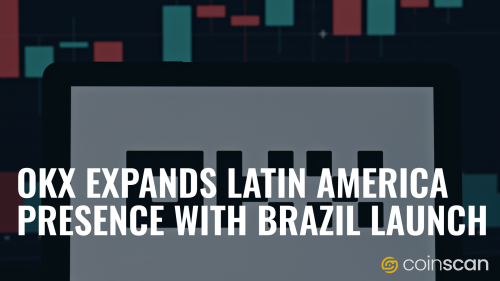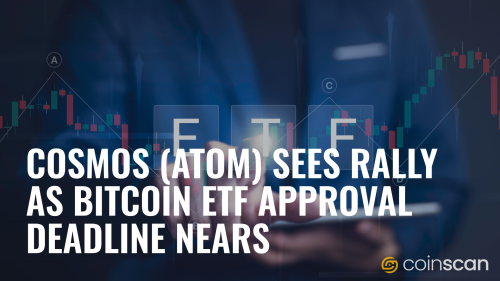Bitcoin's Network Congestion Leads to L2 Innovations
Sentiment: Neutral

As the Bitcoin network encounters unprecedented congestion due to the surge in Runes transactions, the spotlight has turned to Bitcoin's Layer-2 (L2) solutions. These platforms are now seen as critical for maintaining the scalability and efficiency of Bitcoin transactions. This need has become particularly acute following the introduction of the Runes protocol, which allows the creation of fungible tokens directly on the Bitcoin blockchain.
Runes Impact & the Push for Scalable Solutions
Runes, created by Casey Rodarmor—who also developed the Ordinals protocol—have rapidly gained traction within the Bitcoin community. However, their popularity comes with a downside: a significant increase in transaction fees and network congestion. A recent report by Dune Analytics highlights that Runes transactions constitute 68% of all Bitcoin transactions since the protocol's launch, significantly straining the network.
This congestion has sparked a growing demand for Bitcoin L2 solutions, which promise enhanced scalability and efficiency without compromising the security of the main blockchain. Rena Shah of Trust Machines points out the urgency of this development, noting that the transaction bloat serves as a "canary in the coal mine" for Bitcoin developers. It signals the need for scalable solutions as the community embraces more complex applications on the Bitcoin network.
Rootstock and Stacks
Among the emerging L2 solutions, Rootstock and Stacks stand out. Rootstock merges the security of Bitcoin with the programmability of Ethereum, bringing EVM-compatible smart contracts to Bitcoin through its RSK Virtual Machine. On the other hand, Stacks, known for its proof-of-transfer mechanism, is gearing up for a major upgrade that will enhance its functionality and cement its status as a viable L2 solution.
New Developments and Future Outlook
The landscape of Bitcoin L2 solutions is rapidly evolving. Developers are not only focusing on enhancing existing platforms but also innovating new ones that could integrate with Bitcoin more seamlessly. The upcoming BOB (Build on Bitcoin) platform, for example, aims to merge Bitcoin’s robust features with Ethereum’s innovative capabilities, including smart contracts and EVM compatibility.
Bitcoin L2s presents exciting opportunities but it also comes with challenges. Daniel Fogg from Rootstock emphasizes the importance of ensuring that L2 solutions maintain a functional dependence on Bitcoin and utilize BTC as their native asset to avoid becoming mere marketing tools rather than true enhancements to the Bitcoin ecosystem.
Conclusion
The congestion caused by Runes transactions on the Bitcoin network has inadvertently accelerated the development and adoption of L2 solutions. As the community continues to grapple with scalability issues, the role of L2 platforms becomes increasingly vital. With major upgrades and new launches on the horizon, the Bitcoin network is on the cusp of a significant transformation that could redefine its utility and efficiency for years to come.
About the Author
Ex-crypto miner and crypto enthusiast since 2019.


